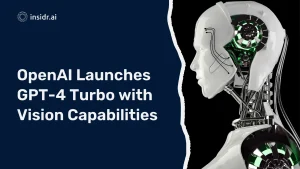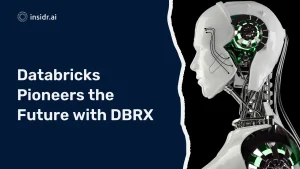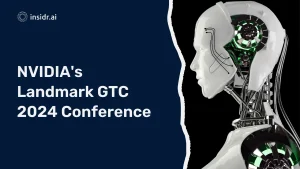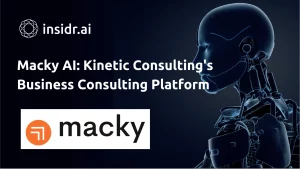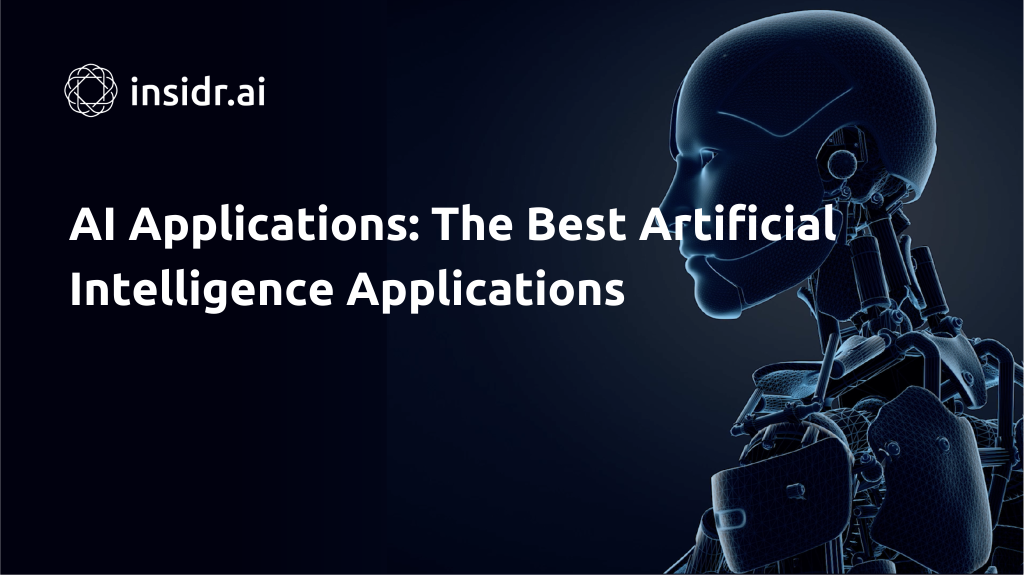
Artificial Intelligence is a revolutionary technology that is shaping the today and tomorrow of every human being on the globe.
With various branches like Machine Learning, Deep Learning, Natural Language Processing, Computer Vision, etc., today, AI is a vast topic with its applications reaching out to every area.
If you understand AI but don’t know the top AI applications and how they make life easier for everyone, this article is for you.
Going forward, we will first have a look at the benefits of building AI applications and then the top 7 AI applications in 2023.
Benefits of Building AI Applications in 2023
Automation of Repetitive Tasks
A business has many operations that are repetitive yet important for the survival of the business. If such problems remain the same across the business, they can be automated using AI.
Repetitive operations, such as customer service, marketing, finance, and administration, can be a good starting point for adopting AI in business.
Customer assistance may be automated by deploying chatbots and virtual assistants that can answer questions for your visitors.
Marketing, on the other hand, may be automated by AI by integrating consumer intent prediction, audience segmentation, and so on.
It may assist you in identifying the correct audience for your marketing activities, ensuring that your efforts yield the greatest results.
Personalized Experience
One of the biggest benefits of building AI applications is the personalized experience they can provide.
AI is used by businesses to analyze sales and marketing data in order to identify correlations and patterns between data points that can help in crafting a personalized experience for each visitor.
Businesses can provide personalized product and content suggestions to visitors or targeted marketing, and this will result in increased sales and profits for the business.
Productivity Gains
A single AI application can complete tasks at a speed at which even a team may not be able to compete with it. Any organization that implements AI apps will surely benefit from huge productivity increases.
Moreover, by eliminating meager activities from employees’ responsibilities, AI enables your people to focus on higher-value jobs that technology cannot handle and require complete human attention.
Having known about the benefits of AI, let’s have a look at top AI applications in 2023.
Top 7 AI Applications in 2023
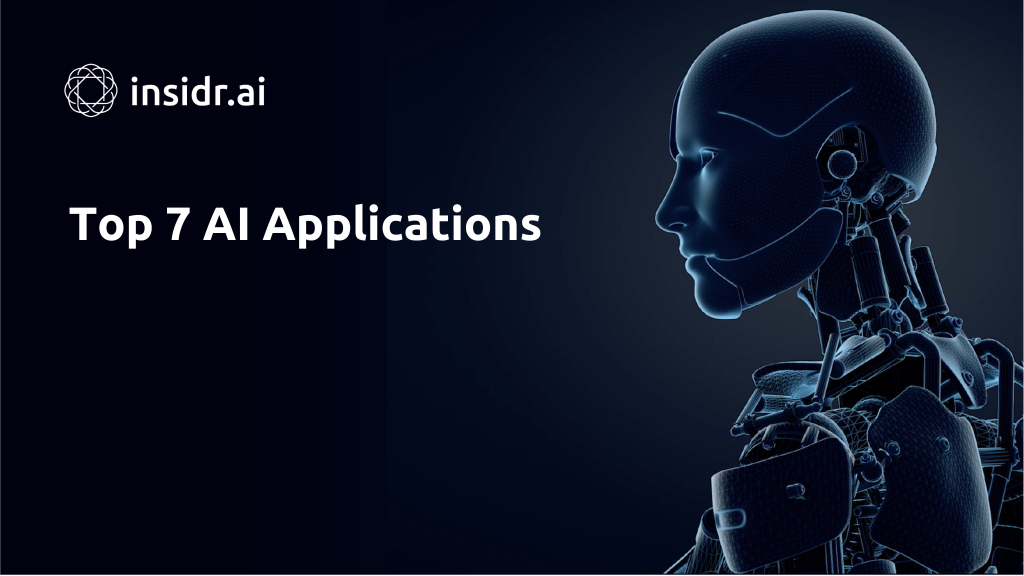
1. Real Estate Price Prediction
Real estate is an asset that holds its value forever, and there is always a great appreciation in real estate investment when it is done right.
To build this model from scratch it is crucial to know about the technologies which are driving real estate innovation to be redefined in this sector.
In recent years, prices for commercial as well as residential real estate have gone through the roof, and there are very few ways to get the correct pricing.
Real estate price prediction applications are AI apps that are used to predict the price of a house based on various parameters.
These AI models consider the purchase year, carpet area, total rooms, bathrooms, neighborhood data, historical data, public sales data, and many other parameters to provide an estimate of a real estate item’s price.
If you are looking to step into the real estate business or want to buy real estate for yourself, such applications can greatly help.
People who are selling their real estate items can get accurate prices, even if they don’t know much about the market, and it also ensures that the buyer is not caught in the bubble.
2. Price Optimization and Dynamic Pricing
With cut-throat competition across all industrial and retail sectors, the need for dynamic pricing and price optimization models is at its peak.
Price optimization models thrive to keep the prices at the best levels where neither the company suffers a loss nor a customer ends up paying too much for the product.
With price optimizations, businesses can reach a price point where every sale they make is profitable as well, and it is not heavily priced for the customers.
eCommerce companies use price optimizations and dynamic pricing across their catalog to ensure that they are competitive and provide the best rates to their customers.
One of the best and most practical ways to price your products is by using a price optimization AI model.
This model can be a bit challenging to build, but if your inventory and sales are large, you’ll reap the benefits forever.
A price optimization model is built to automatically determine the prices of products given a plethora of raw data about the product.
Such AI models depend on historical sales data at given price points, when the customers bought more at which price, various characteristics of the product, ratings, product reviews, images, etc., to predict the optimum price of a product.
3. Sales Forecasting
Every business need sales to survive. While there is no sure-shot way to determine the sales you can make in any given period, AI models can surely come to help here.
Businesses need proper sales planning, and they do it with a sales forecasting AI model.
A sales forecasting model takes in sales data as well as product data and provides forecasts on sales across different splits that you desire.
Such models make data-driven decisions easier for the management, and they can plan their campaigns to boost sales for each department at each outlet.
Moreover, sales forecasting AI applications can also ensure that the company knows what products to keep in stock in plenty and what products will be needed in the coming times.
4. Inventory Forecasting
Every manufacturing business has an inventory of goods that are sold to fulfill customer demands.
But there are times when customer demands can go significantly higher without any prior notifications, and customers may not get their demands fulfilled.
There can be a significant impact on the brand’s value at such times. Many companies use inventory demand forecasting models to protect the business from such inefficient inventory shortfalls.
Inventory demand forecasting models use historical demand data, current demand data, cyclical demand, and other transactional data about the inventory items to forecast demand for any item.
Companies strive to make their demand forecasting models accurate, as the more accurate the forecast, the better they can serve their customers when the time comes.
Moreover, unnecessary production of items can also be stopped, and efficient resource usage can be achieved with a better inventory demand forecasting model.
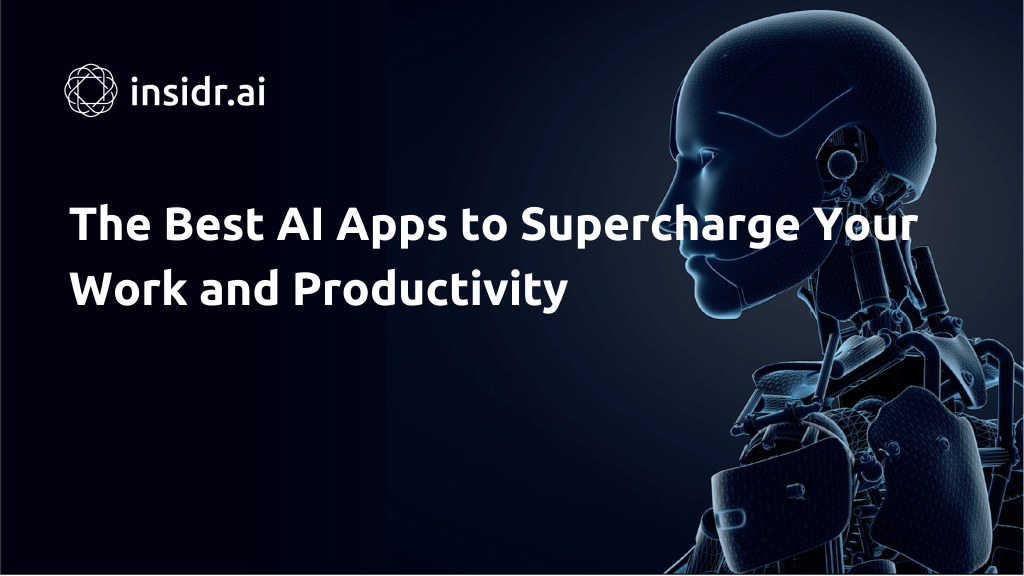
5 .Loan Eligibility Prediction
With thousands of loan requests coming in every day, loan eligibility checks cannot be done manually, and there can be human errors, too.
To stop that from happening, a loan eligibility prediction AI application is used by all major banks.
Today, a large number of people need loans, and they apply for loans, but not all of them are eligible to get their desired loan amounts.
If banks start giving loans to everyone who applies, the risk of lending and bad debts will skyrocket, which will trigger a collapse for the bank when many of their loans fail.
Almost every bank has a loan eligibility prediction model to prevent such unfortunate circumstances.
A loan eligibility prediction AI application relies on key features like gender, annual income, credit score, qualifications, historical loan amounts, historical successful loan payments, defaults on loans, outstanding EMIs to income ratio, marital status, area of living, etc.
Based on all these features and many more, banks decide whether someone is fit to borrow a loan and repay it successfully or they will default on the loan.
6. Recommendation Engines
Recommendation engines are everywhere. Today, these AI applications are at the heart of every customer-facing business.
Whether you are buying groceries, furniture, or just watching a video or movie, recommendation engines are always with you.
These AI applications provide recommendations and relevant products/items based on your currently selected item or past data.
Suppose you are looking for a shirt online. You may not be able to describe the actual shirt you are looking to buy.
Still, the recommendation engine can come up with relevant recommendations based on your past purchases or even by showing some random shirts to gauge your interests in some direction.
Such AI applications are not easy to build, but their results are fruitful to both customers as well as businesses.
Customers can get their desired items faster, while businesses can increase their sales by recommending multiple relevant products.
7. Customer Churn Prediction Application
For any company, customers are their lifeline, and without customers, a company cannot sustain itself for a long time.
Companies often face the problem of churn, and when the churn rate of their customers is higher than their acquisition rate, the company slowly loses and ends up with no customers.
Customer churn can be prevented by taking some suitable measures in the right direction.
But before thinking of the steps, it is vital to know which customers are likely to churn, and that can be known with the help of a customer churn prediction AI application.
The main aim of this AI application is to find customers who are likely to stop doing transactions with a company due to any of their reasons.
Machine learning algorithms can be trained on customer interaction and sales data of the company, and the algorithm can indeed identify patterns in the data and predict the customers who are likely to churn.
If your predictions are accurate, you can take preventive measures and try to build a better relationship with customers to stop them from churning.
Conclusion
By now, we have discussed some cutting-edge AI applications and their benefits, too. So, if you are looking to build any AI application, this is the time.
Dive deeper into the intricacies of AI applications and build something really innovative and life-changing this year.
Discover More AI Tools
Every week, we introduce new AI tools and discuss news about artificial intelligence.
To discover new AI tools and stay up to date with newest tools available, click the button.
To subscribe to the newsletter and receive updates on AI, as well as a full list of 200+ AI tools, click here.


